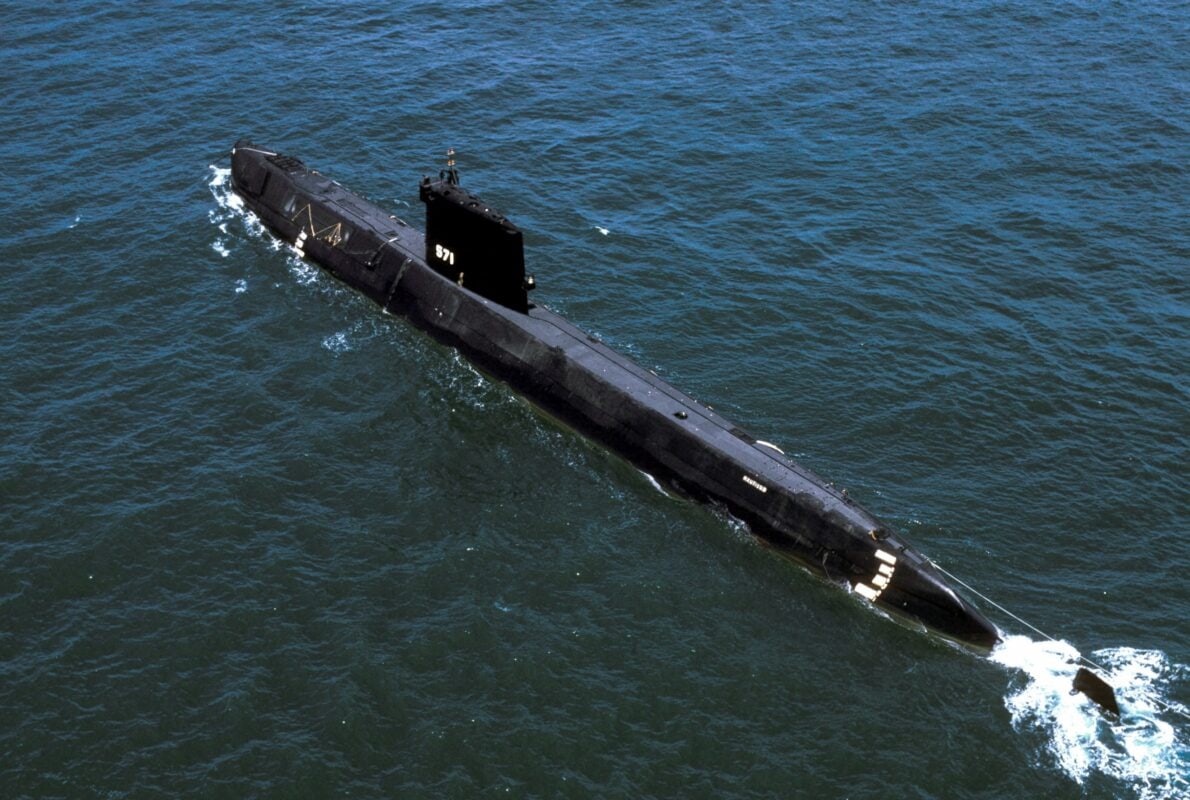

Our weapons were erratic, our tactics unrefined, and our training inadequate to the task. In this training, we make it a point to ensure that today’s submariners recognize that even though we eventually achieved victory, we were not ready for unrestricted submarine warfare when we entered the fight after the attack on Pearl Harbor. A foundational part of our training as submariners is the study of this legacy of sacrifice and commitment in the face of the enemy. submarine force experienced some of the highest casualty rates of any force in WWII. Of our entire Navy during WWII, they sank 30% of Japanese warships and 55% ofīut this wartime effort was not without significant sacrifice. Wreaking havoc on the critical maritime supply routes that supported their Submarines would go on to take the fight to the Japanese across the Pacific, Yet, despite these challenges, the crew’s efforts were critical to the success of the battle and resulted in Brockman receiving the Navy Cross for the Battle of Midway. USS Nautilus survived 42 depth charges, several of her torpedoes failed to detonate, and Japanese aircraft and ships spotted her multiple times, forcing Nautilus to dive and evade multiple times. aircraft directly to the Japanese carrier Hiryu and harassing the enemy while our aircraft ravaged the Japanese Fleet. Her mission was to search for the Japanese fleet sailing for Midway, and she succeeded. William Brockman Jr., departed Pearl Harbor, Hawaii, for her first war patrol. In May 1942, the submarine USS Nautilus (SS 168), under the command of Lt. Industriousness of our Navy and civilian work force as they recovered from thatĪttack, rebuilt our Navy, and set sail to take the fight to the enemy at the Nimitz also walked on these piers during WWII and witnessedīoth the devastation of the Pearl Harbor attack and the unparalleled

Missouri (BB-61), on which the peace agreement was signed in Tokyo Harbor toĮnd the war. (BB-39), which was sunk in the attack on Pearl Harbor, and the battleship USS The beginning of the war and its conclusion – the memorial to USS Arizona Historic submarine piers of Pearl Harbor, Hawaii, you see visceral reminders of Seeing the Battle of Midway on theīig screen serves as a reminder of the critical importance of a strong andĬombat ready Navy to the security of our Nation. Sailors who fought so bravely in June 1942 to thwart the Japanese attack atĬritical time for our Navy and our nation. Pacificįeature-length film scheduled for release on November 8, tells the story of the It is to the everlasting honor and glory of our submarine personnel that they never failed us in our days of great peril.” - Adm. It was to the submarine force that I looked to carry the load. “When I assumed command of the Pacific Fleet on 31 December 1941, our submarines were already operating against the enemy, the only units of the fleet that could come to grips with the Japanese for months to come.

Blake Converse, Commander, Submarine Force, U.S.


 0 kommentar(er)
0 kommentar(er)
